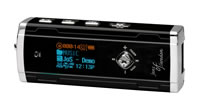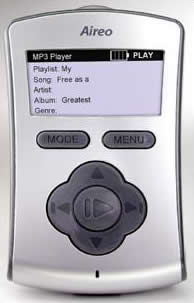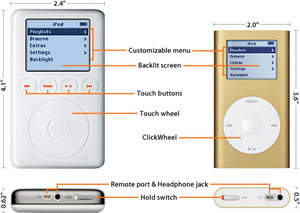1831 Riot! – “an interactive play for voices” played in Queen Square in Bristol until 4th May. The play is the latest fruit of the Mobile Bristol project – a collaboration between HP Labs, the University of Bristol and the Appliance Studio, which is working to overlay a wireless ‘digital canvas’ on the city and to explore the social and creative possibilities enabled by such a fabric.
Queen Square is the largest square in England outside London, dating from the early 18th century and recently restored to genteel, leafy tranquility following the removal in 2000 of a dual carriageway driven diagonally across the square in 1936. It was also the scene of some of the most significant events of the 1831 riot in Bristol – which was instrumental in the eventual passage of the 1832 Reform Act significantly increasing the number of men who had the vote and starting Britain on the road to universal suffrage.
The current production is a specially commissioned piece which attempts a documentary style, fictionalised recreation of some of the key events of the riot which took place in and around the square. To experience the drama you visit a stand on one side of the square to pick up a small backpack containing a GPS enabled iPaq, a large pair of stereo headphones and an A4 flyer providing a brief explanation of the project, but woefully little background on the riots themselves. You are then free to wander the square at will until you have exhausted the experience, your enthusiasm or your stamina.
On the morning that Richard Higgs and I visited it was bright, sunny and warm. As we strolled around the square different segments of audio were triggered as we moved between different areas. The effect was most like tuning in to the middle of an afternoon play on Radio 4, with similar production values and the same instantly identifiable style – a somewhat ironic choice for a riot. Even knowing the nature of the beast there was a strong tendency to try and construct a coherent story of the events from the fragments available, which was far from easy – perhaps appropriately for a riot.
Despite wandering around the square side by side we often found that what we were hearing at any given time differed – sometimes due to a simple time lag and sometimes due to hearing different segments on different visits to the same area. Our movements clearly triggered some, but not all, of the changes to what we were hearing and it was hard to distinguish such changes from simple scene changes within a segment.
The headphones were large, well padded and effectively blocked out external noise – this made it difficult to conduct the intermittent conversation with which we peppered our walk. It also had the strange effect of divorcing us from our surroundings much like listening to music on a Walkman or an iPod, which seemed at odds with the very idea of interactive locative media. I would have been happier with something that allowed the mundane noises of the square on the day to bleed into the authored experience rather than trying to cut them out.
Although we were left feeling that full the potential hadn’t quite been realised, it is early days for this kind of experience design and 1831 Riot! is a valiant and at least partially successful attempt to paint something interesting and worthwhile on the digital canvas.
 The latest MP3 Flash-memory music player from Jens of Sweden has just been announced (so recently that they don’t have English details available). The stylish devices has all you would expect from a mini-MP3 player, currently up to 512Mb of storage, record function dictaphone and FM-radio. Amazingly this little beauty weighs the same as eight sheets of A4 paper.
The latest MP3 Flash-memory music player from Jens of Sweden has just been announced (so recently that they don’t have English details available). The stylish devices has all you would expect from a mini-MP3 player, currently up to 512Mb of storage, record function dictaphone and FM-radio. Amazingly this little beauty weighs the same as eight sheets of A4 paper. Ever since the rise of the portable digital music player people have been discussing the possibilities of connecting them wirelessly rather than via a cable, either for loading content, or playing it back. After two years development SoniqCast has now released the Element Aireo, the first product to come to market that includes 802.11b (WiFi) support.
Ever since the rise of the portable digital music player people have been discussing the possibilities of connecting them wirelessly rather than via a cable, either for loading content, or playing it back. After two years development SoniqCast has now released the Element Aireo, the first product to come to market that includes 802.11b (WiFi) support. The
The